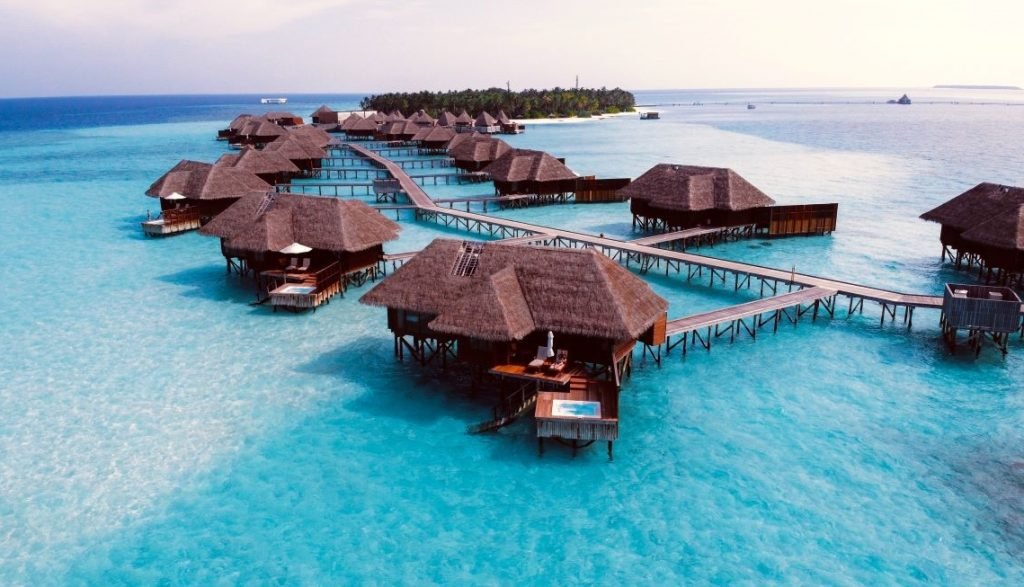New York, 22 March 2024 (TDI): There are two conferences bound to take place on SIDS and LLDCs, focusing on four development issues that need to be emphasized to make sure that sustainable growth is taking place for some of the world’s most unprotected populations and ecosystems.
The Fourth International Conference on Small Island Developing States and the Third UN Conference on Landlocked Developing Countries are crucial opportunities to shed light on the challenges that small island developing states (SIDS) and landlocked developing countries (LLDCs) experience in each of their separate development pathways.
These events do not receive the coverage or attention that the G20 or Davos meetings received. In addition to this, the challenges that they intend to interpret are outstripped by crises, conflicts, and issues in the developed parts of the world.
Nonetheless, both these conferences produce the opportunity to agree on comprehensive programs of action for SIDS and LLDCs and to formulate a path for sustainable development for their communities and the globe.
Background to SIDS and LLDCs
The 39 SIDS and 32 LLDCs, of which 16 are in Africa, are home to some of the most unsafe and underrepresented populations around the world.
Regardless of the fact, that for some SIDS tourism represents half of the national income along with them holding around 20 pc of the world’s offshore exclusive economic zones, these countries face the stark reality of handling issues that deal with climate change and debt.
SIDS has had to suffer over 335 major environmental disasters since 2000, which led to approximately US$22.7 billion in direct damages. Additionally, more than 40 percent of the SIDS are now faced with unsustainable levels of debt to gross domestic product ratios, and the climate finance for SIDS is “shockingly small.”
According to a newly released study titled Asia and the Pacific SDG Progress Report, SIDS has been reported to have stagnant progress toward the SDG and this gap is expanding with time.
On the other hand, around 60 percent of the population in LLDCs is located in dryland areas, making them more susceptible to global warming, desertification, and land degradation.
Also, many LLDCs are mountainous countries that suffer from glacial melting, water shortages, frequent landslides, and reduced biodiversity.
Moreover, being bereft of territorial access to the sea along with high transit costs, LLDCs require trade facilitation, regional integration, connectivity, climate finance, and financial resources for a clean energy transition.
The COVID-19 pandemic shone a light on how hard it was for SIDS and LLDCs to recover from the crisis, without a fiscal stimulus capacity. Therefore, investing in both SIDS and LLDCs is not only a “moral imperative, but also a strategic necessity, if no one is to be left behind.”
Also Read: Kazakhstan shares success story at UN Conference on LDCs
Four areas of development for SIDS and LLDCs
There are four key areas of development common to SIDS and LLDCs that need to be presented at the two upcoming UN conferences.
Incorporating Nature and Climate
The UN Common Agenda advises member states to implement the System of Environmental-Economic Accounting (SEEA). This is the international statistical standard for natural capital accounting.
As both SIDS and LLDCs update their National Biodiversity Strategies and Action Plans, a chance is presented to develop actions to protect, manage, and restore the ecosystems that support long-term prosperity.
Technology and Fast Internet Access
SIDS and LLDCs experience numerous obstacles to connectivity. Support for inclusive digital connectivity can help productivity, and innovation and make way for access to e-services, especially for the more vulnerable people.
New technological advances in remote island countries such as the Cook Islands and Niue, have experienced the result of these developments in their business operations and means of communication that have changed. Also, new employment opportunities have increased.
Landlocked countries such as Moldova, Kyrgyzstan, and North Macedonia, have set foot on a digital transformation journey, taking on the digital readiness assessments, and determining entry points and opportunities for near and longer-term investment.
This is a coherent approach and partnership between the government, civil society, and the private sector.
Access to Renewable Energy
Tuvalu is on its journey to attain a planned complete reduction in GHG emissions, with the successful installation of the Floating Solar Photovoltaic (FSPV) system. This new system, meeting 2 pc of Funafuti’s annual energy demand, incorporated a transfer of technology and knowledge.
This development is enabling the Tuvalu Electric Corporation to carry out similar projects.
Economical Development
For both SIDS and LLDCs, debt service payments are channeling funds away from crucial areas such as education, healthcare, security, and social protection.
At the launch of the SDG stimulus, UN Secretary-General Antonio Guterres reasserted the call for the Group of 20 major economies to agree on a $500 billion annual stimulus to developing countries. He also stressed converting short-term lending into long-term debt at lower rates.
Additionally, the ability of development finance to influence larger private finance sustainable development is shown by Fiji’s first sovereign blue bond to unleash the economic potential of its blue economy.



